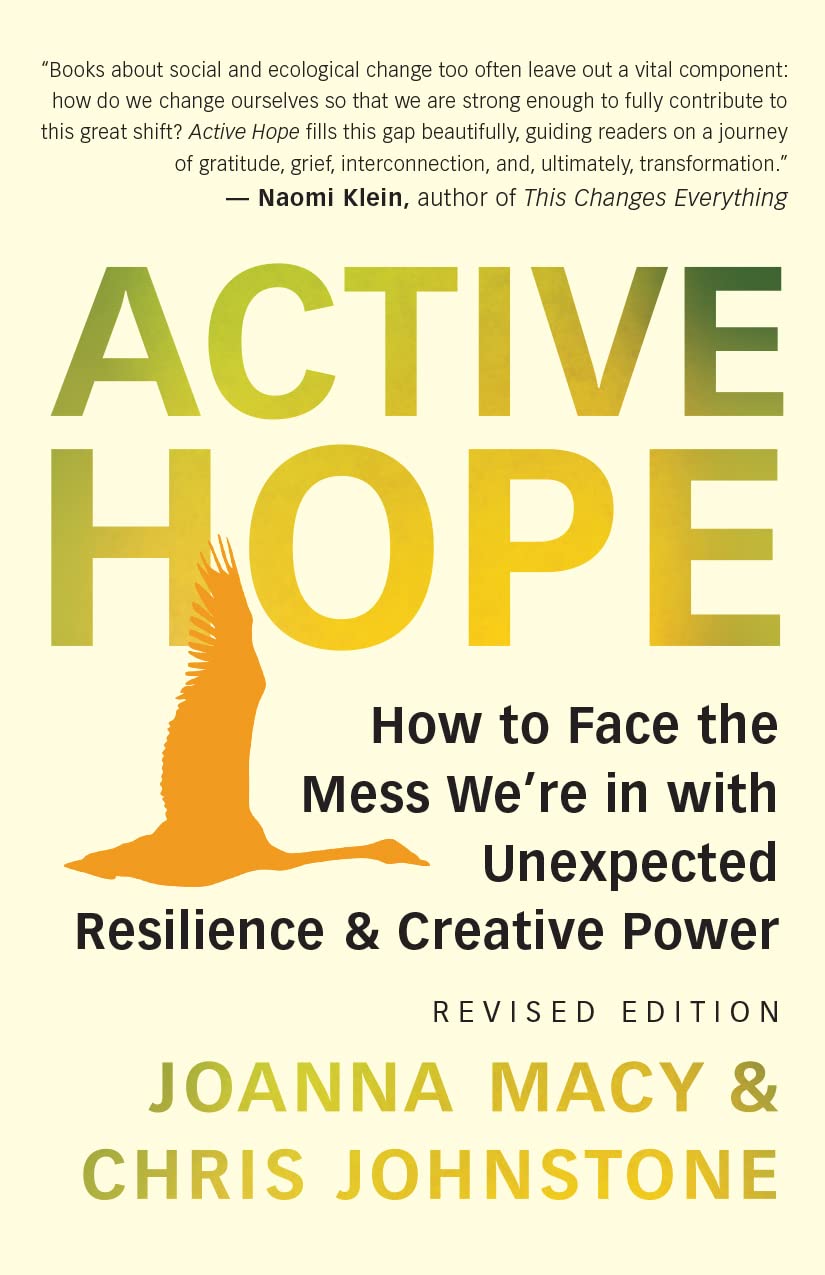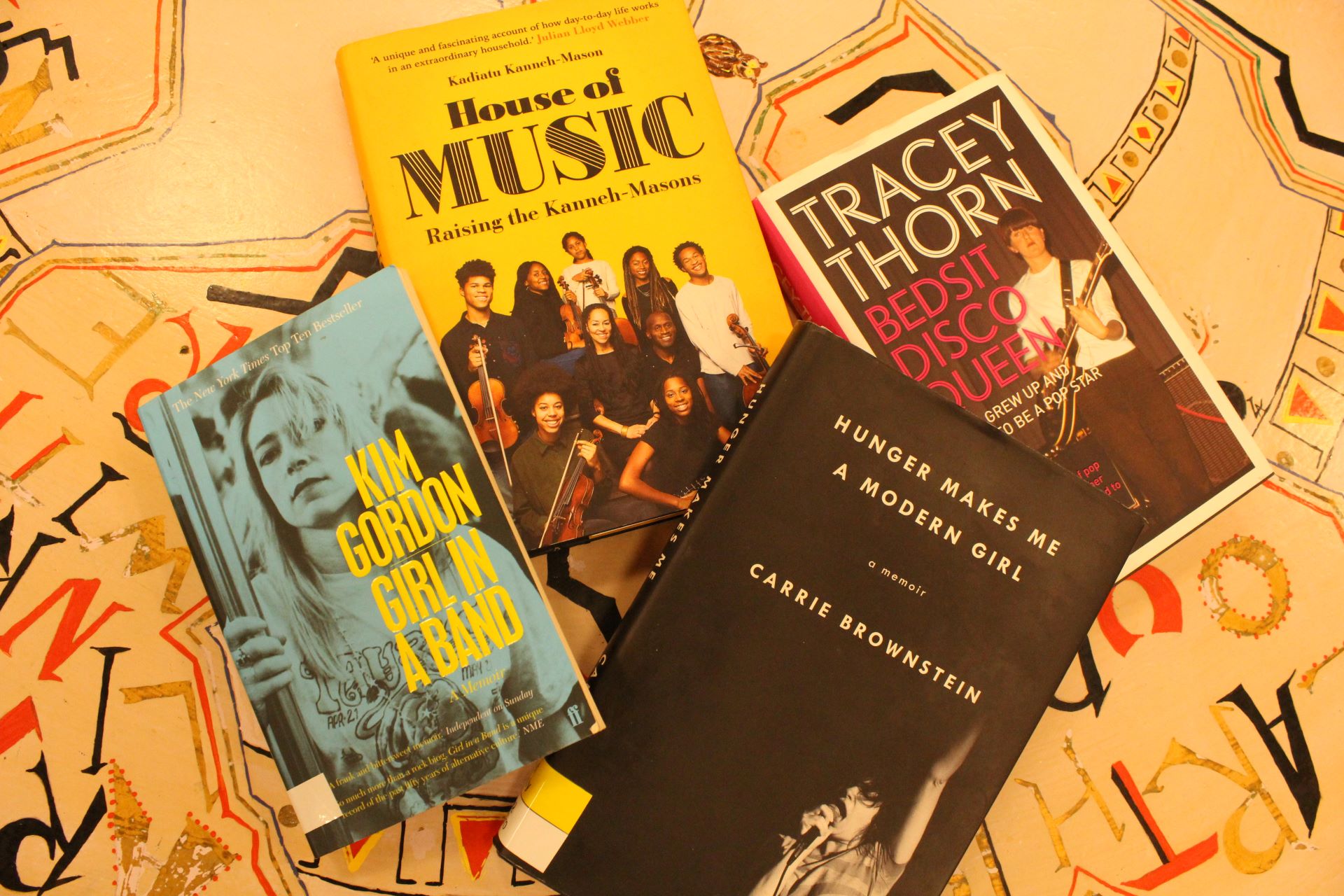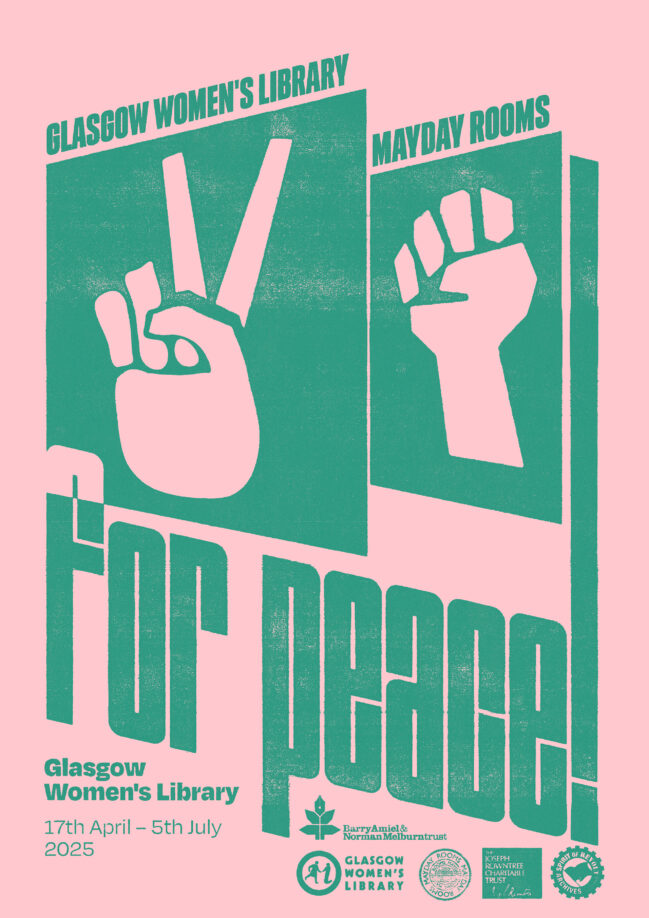Aspergirls is a book on autism that is a valuable resource for aspie/autistic girls and women. The text signals the way modern research is slowly chipping away at the sexist conception of autism that has so long dominated discussion. Characteristics of the condition have been overwhelming based on typical presentations found in boys and men who are autistic and on the spectrum.This has led to people have all genders but especially those who are women identifying struggling at times to reach a diagnosis if they do not present the ‘correct’ way even though many boys and men do not match it.
This masculine bias has been present since Hans asperger’s work during the 1940s in which he discussed what he called autistic psychopathy and claimed that a condition he called aspergers resulted in children with different traits and problems to autistic children and made the boys ,he assumed could only have it in contrast to girls, little professors. Only at the end of the 20th century did he concede that girls could have it too and it was only the 1990s that his work and other research reached the English speaking world.The ratio of boys/men and women/girls with aspergers varies from 3:1 in a National Autistic Society study to 15:1 in Lorna Wing’s although its agreed across the board that when other disabilities are present the ratio is more equal at 2:1.
This book is important as it simply could not have existed ten or twenty years ago.Its a book that can aid women and girls in dealing with the difficulties life throws at them and how to approach the world in a comfortable and successful way.
A Interlandi’s 2008 study shows why a work like this is needed. Girls often present less motor impairements,h ave a broader ,sometimes more ‘normal’, range of obsessive interests and an intense desire to connect with others .This is exactly my experience although my fine motor skills are terrible and I have hypersensitivity. My obsessions are artistic such as photography/writing or academic like history. I identify as non-binary but as an AFAB person I was brought up to follow feminine coded behaviours and expectations. Some research argues that the gender expectations of girls includes the idea that they should be compassionate and social. The formalised and sometimes complex nature of friendships among young girls can led to an autistic girl needing to be amazing at acting in social situations. I often have ideas for conversations running in my head and need to prepare for a social occasion like someone preparing for a play or film. This does not mean that autistic girls and women are always able to keep up the charade or do a good production but that in contrast to boys they attempt to navigate social situations more despite the difficulty. This can led to the child or adult being exhausted by such needs. My own attempts to fit in left me depressed and I developed conditions often seen alongside autistic spectrum disorders in afab people to the extent that it can lead to undiagnosed autism being recognised finally. These are anxiety, an eating disorder, severe major depression and Body dysmorphia. The last was likely connected to my gender which I didn’t know about yet. I spent time in a teen psych ward due to this. Things like anorexia are common in afab people with autism and involve the sufferer attempting to find routine and control amongst chaos. Anxiety and depression are not helped by the need to belong when you struggle to do so.
Another issue the book helps with which I can see in my own life is dealing with relationships. Autistic people are no lacking in compassion and empathy and for many people I know its an overwhelming sense of love and caring they experience that can almost hurt.As someone very empathetic but in a bad place I made friends with someone at my college Langside seven years ago called Elliott. They faked illnesses and were a compulsive liar who was abusive. They are still going through different relationships with vulnerable people leaving them like myself. I think I would have identified more as biromantic asexual when I met them but since my abuse I do not think relationships are a possibility anymore. Although it was not my fault my autism and similar made me unable to tell warning signs and gave my abuser ways to manipulate me. A recent National Autistic Society study found that 49% of people polled had endured some form of abuse or harassment. Its sadly common for people with autism to go through what I did. If someone can read the chapter about relationships and not go through similar then this book will have saved someone’s life.
Some examples of extract include one by a girl called widders who describes the coldness that neurotypical girls can exhibit making navigating social situations difficult while another part mentions how autistic girls and women can quit things to gain happiness and regain control something I have been guilty of in the past.
The book is important as it is directed to aspergirls as Rudy calls them but also has small notes in each chapter for parents reading too. This is not a book for parents who believe autism is an epidemic but instead a guide to everything from school to work to relationships when one lives with aspergers and identifies as a girl. The chapters on relationships are especially important I believe.
The book truly does empower the reader. It can help women and girls with autism but will also help in the creation of a more progressive complex conception of the condition which will benefit everyone.
A must read.






